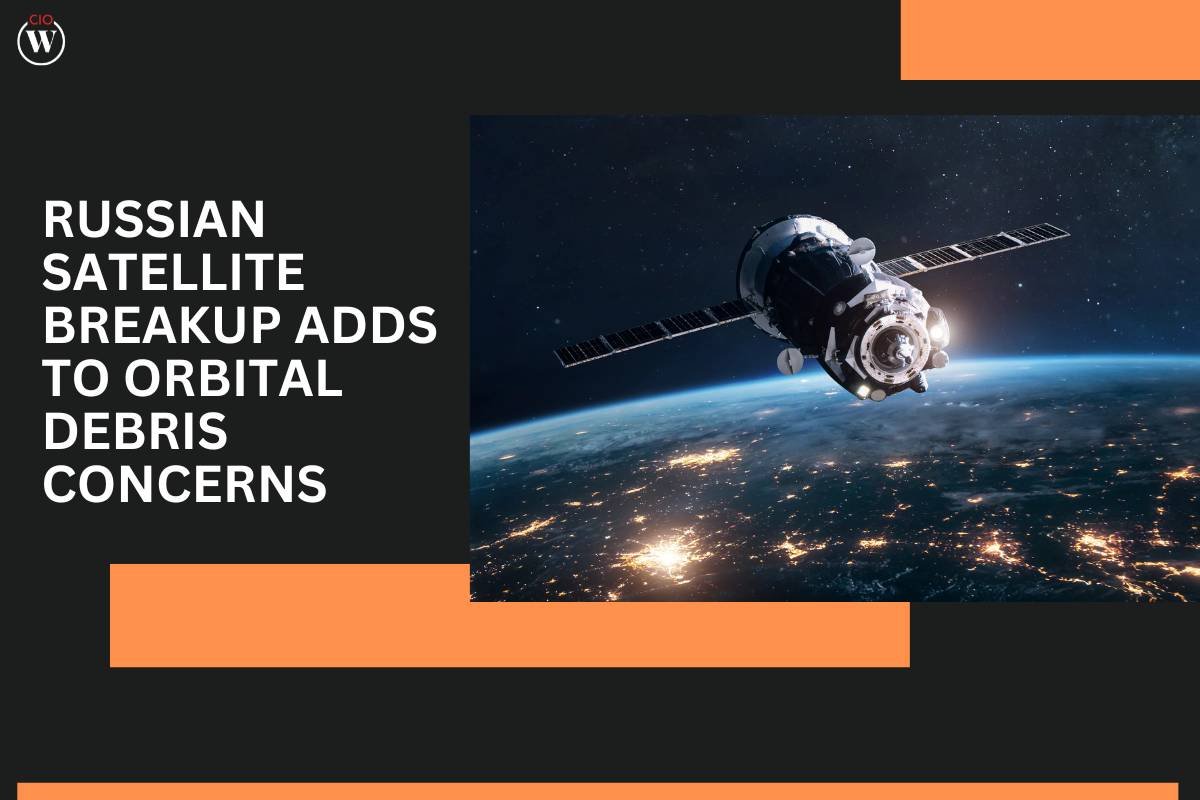Source – USA Today
A defunct RESURS-P1 Russian Earth observation satellite disintegrated into more than 100 fragments in orbit, prompting a response from astronauts aboard the International Space Station (ISS). The incident occurred on Wednesday, with the debris field posing a temporary risk to nearby spacecraft, including the ISS. According to the U.S. Space Command, which monitors space activities, the breakup occurred near the orbital path of the ISS, necessitating precautionary measures for the crew.
NASA’s Space Station office reported that U.S. astronauts took shelter in their spacecraft for approximately an hour until the risk of collision with debris had passed. The RESURS-P1 satellite breakup generated a significant amount of trackable debris, underscoring the growing issue of space congestion and the management of space debris.
Impact and Concerns Over Space Debris
RESURS-P1 satellite breakup adds to existing concerns over space debris, which poses risks to operational satellites crucial for modern life on Earth. As stated by Reuters, large-scale events that generate orbital debris are infrequent but increasingly worrisome due to the expanding presence of satellite networks supporting global communications, navigation, and other vital services.
The incident echoes previous instances where space activities have contributed to orbital clutter. In 2021, international criticism followed Russia’s anti-satellite missile test, which intentionally destroyed one of its own satellites and produced thousands of debris pieces. This event highlighted the potential consequences of militarization in space and the challenges associated with debris mitigation.
Future Challenges and Mitigation Efforts
Looking ahead, space agencies and policymakers face mounting pressure to address the issue of orbital debris through effective mitigation strategies. The accumulation of space junk not only jeopardizes operational satellites but also complicates future space missions and poses risks to astronauts. With the space environment becoming increasingly crowded, efforts to monitor, track, and potentially remove debris are critical for ensuring the sustainability of space activities.
In response to incidents like the RESURS-P1 satellite breakup, international cooperation on space debris management remains pivotal. Collaborative efforts could involve improved debris tracking systems, guidelines for responsible space operations, and technologies for debris removal or mitigation. These measures aim to safeguard the long-term viability of space exploration and satellite operations while minimizing risks to space infrastructure and astronauts.
As space continues to be a frontier for technological advancement and exploration, addressing the challenge of orbital debris emerges as a shared responsibility among global stakeholders. The resilience and sustainability of space activities hinge on proactive measures to mitigate debris and preserve the orbital environment for future generations.
Also read: Astronauts Temporarily Move to Return Spacecraft as Satellite Debris Threatens ISS









